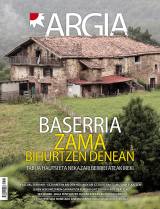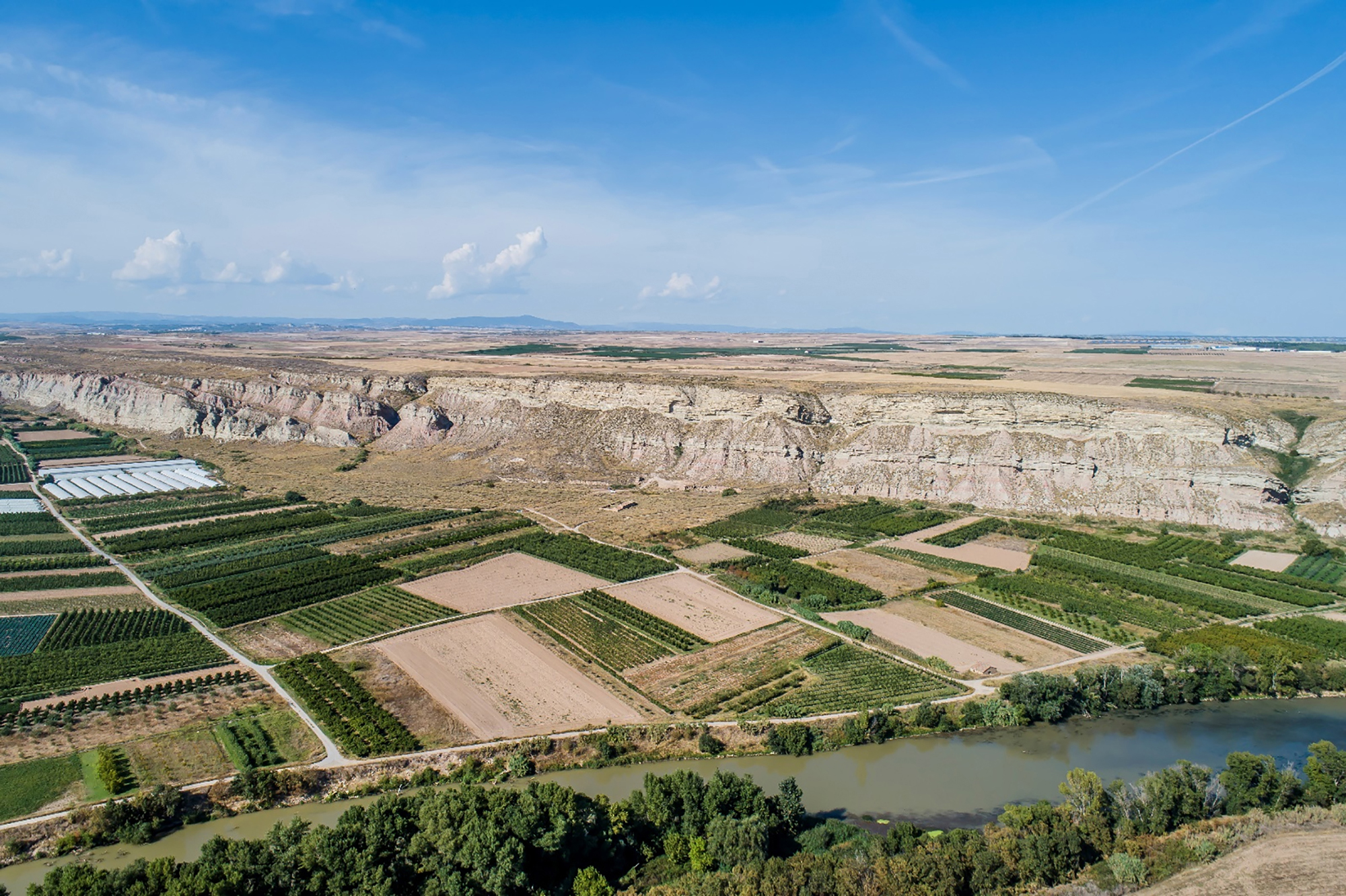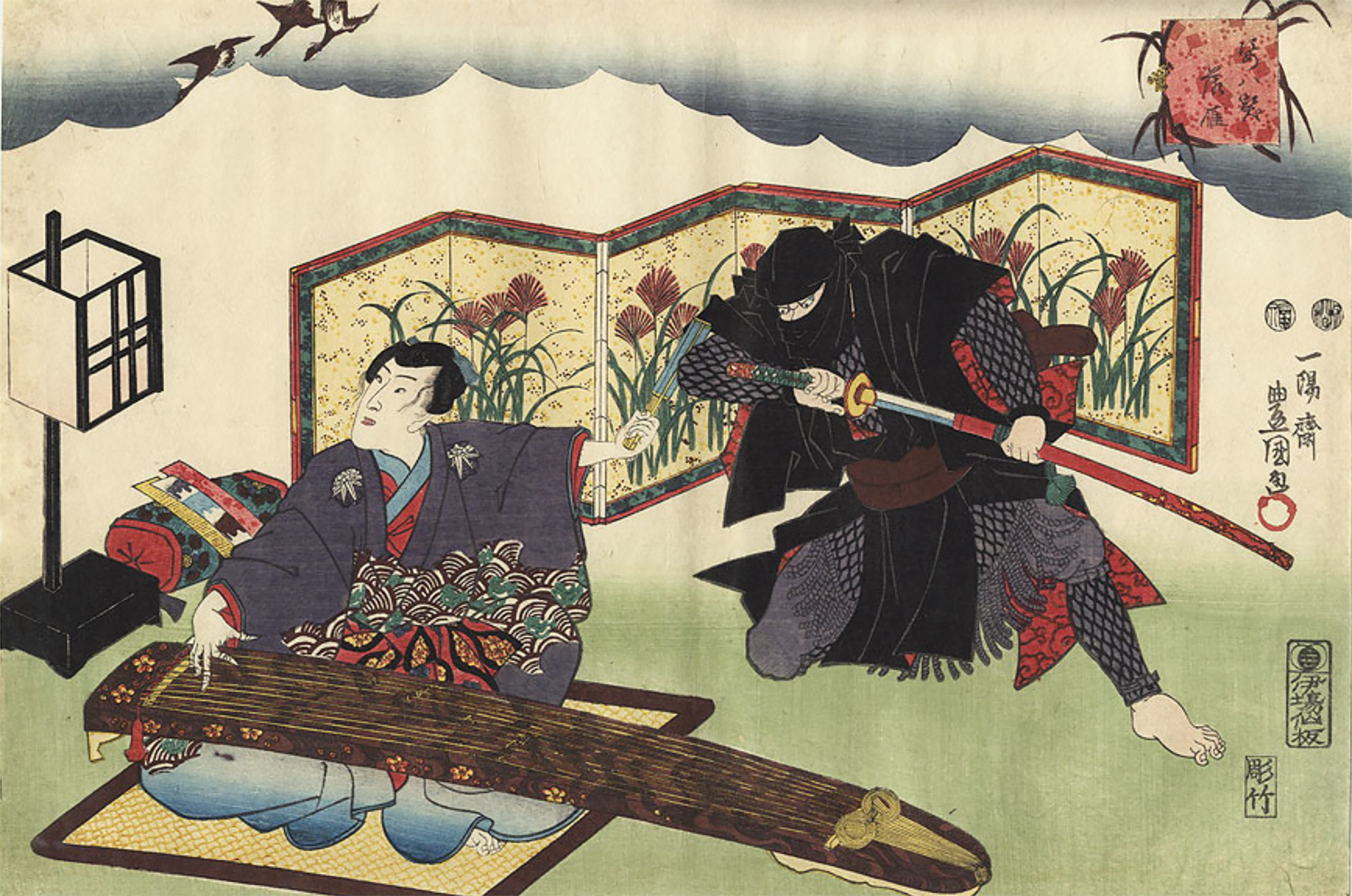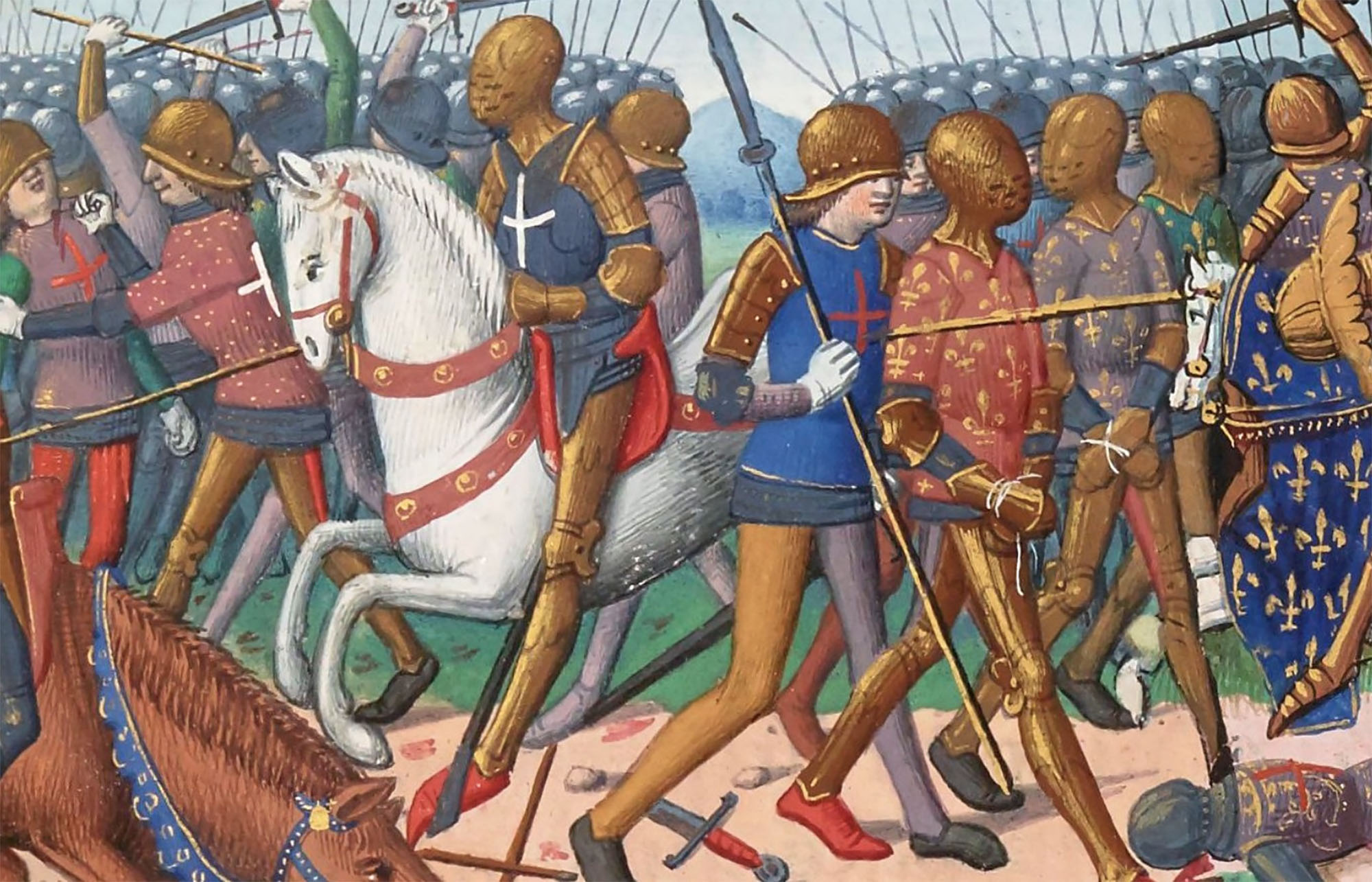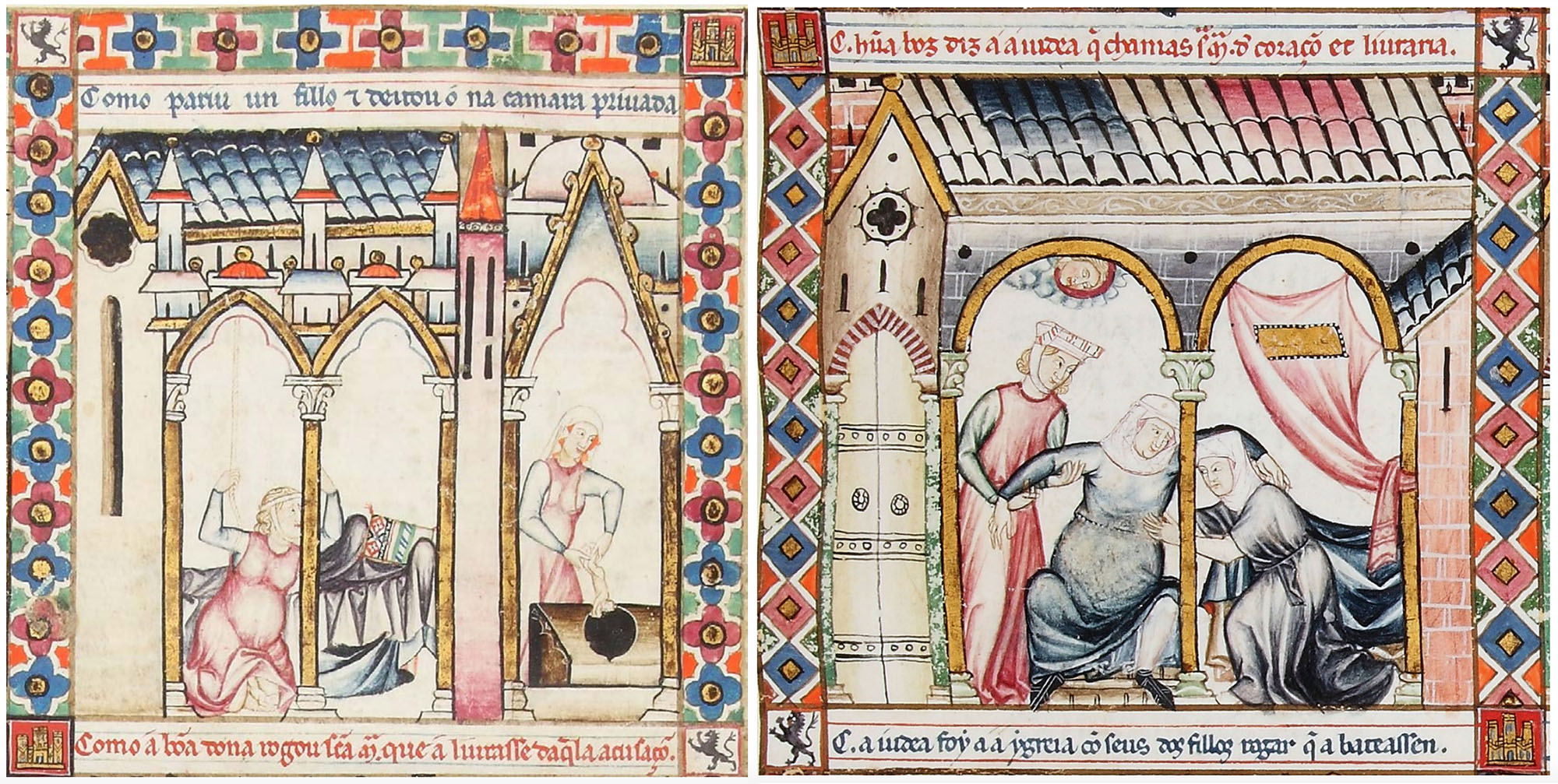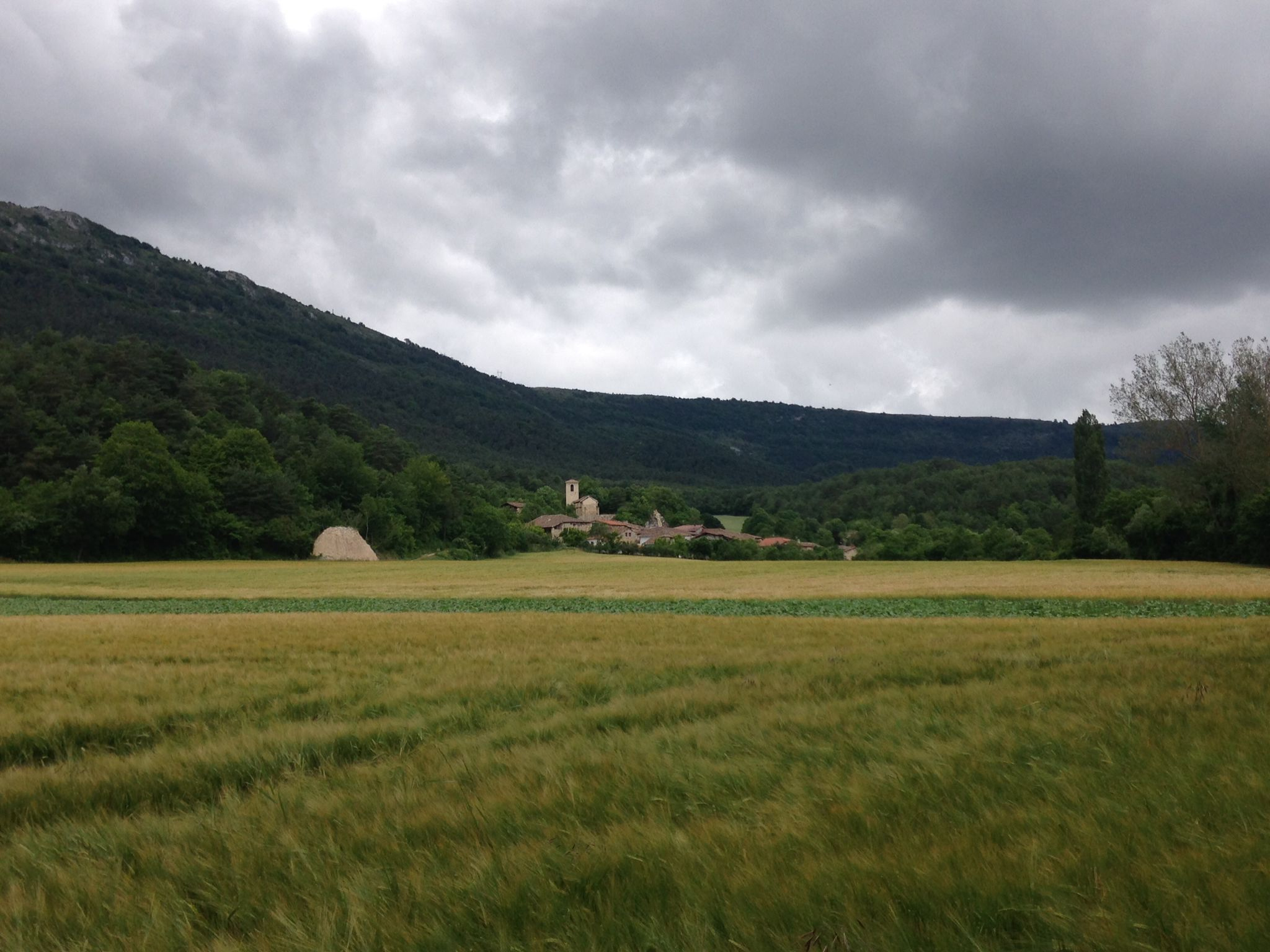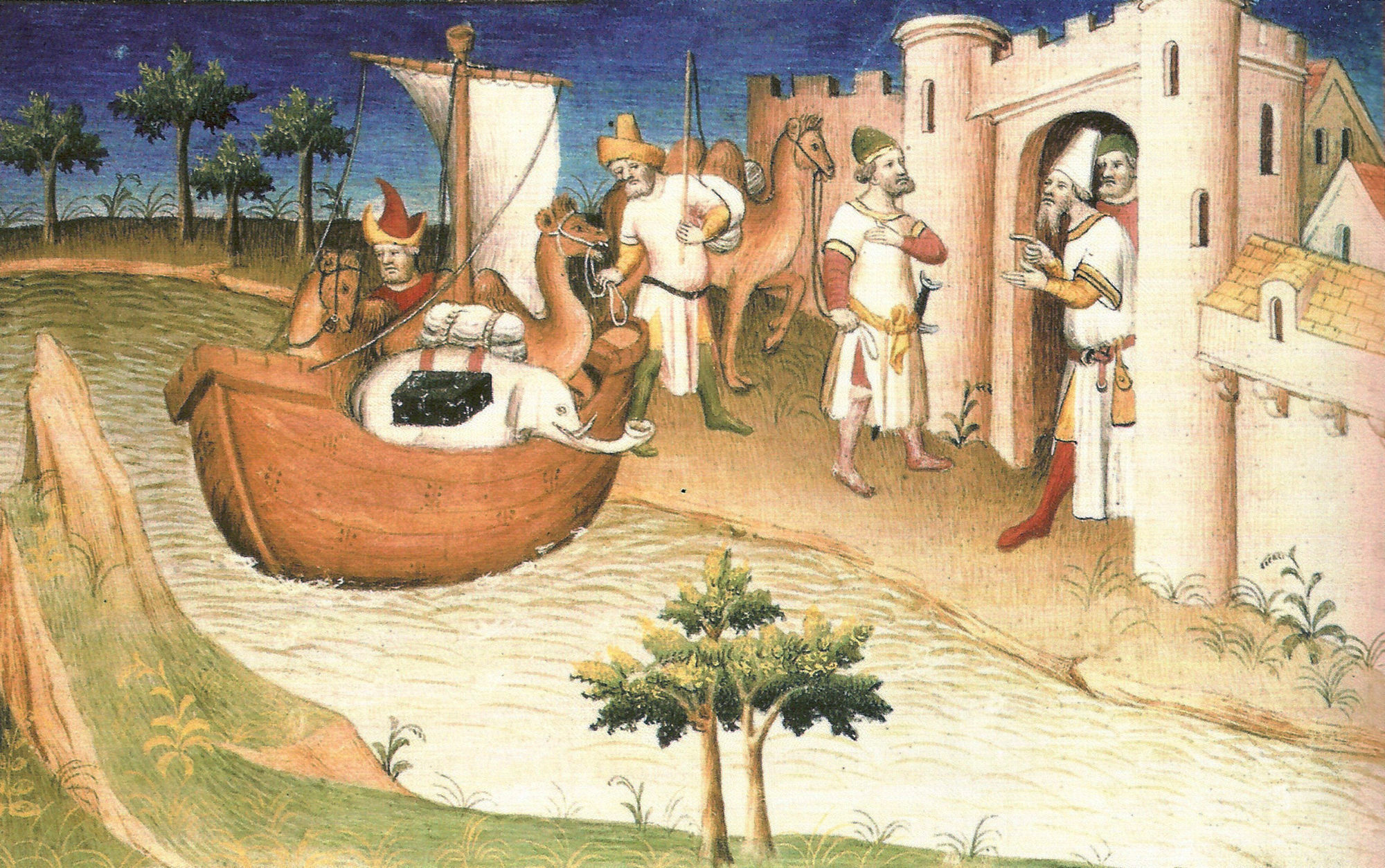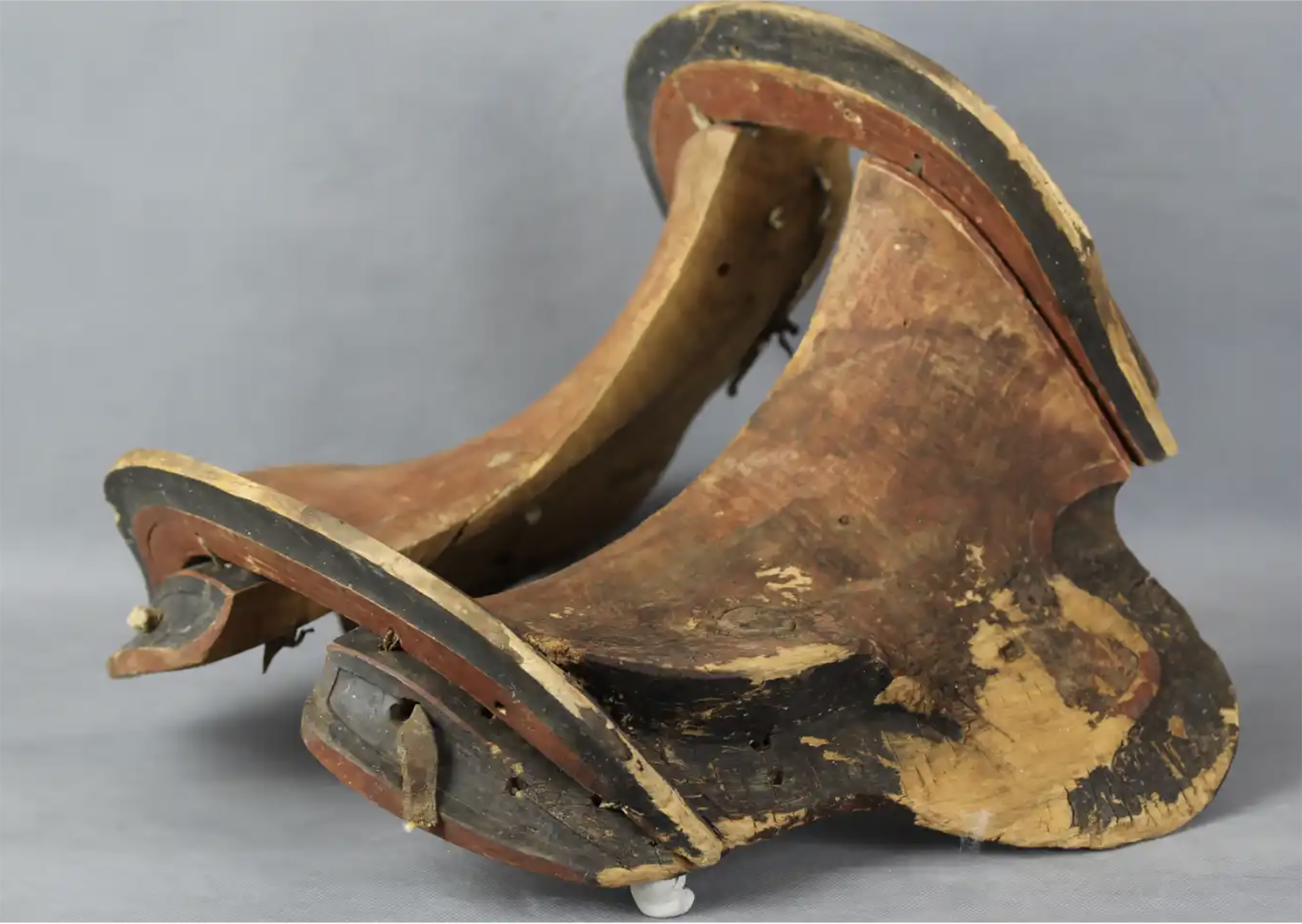Kingdoms separated by gender
- Born 1 February 1328. Carlos I of Navarra and IV of France dies, the last king of the house Capeto. The French called him La bella (Charles le Bel), while for the Navarros it was Carlos the Bald (one does not take away the other). But the lack of hair at death was not a problem, but the lack of male heirs. Carlos left two daughters and the third was on the way; the widow Juana de Evreux, the king's third wife, was pregnant when her husband died, but later she would give birth to another girl. By Serbian law, the most direct heirs of France could not sit on their father’s throne.
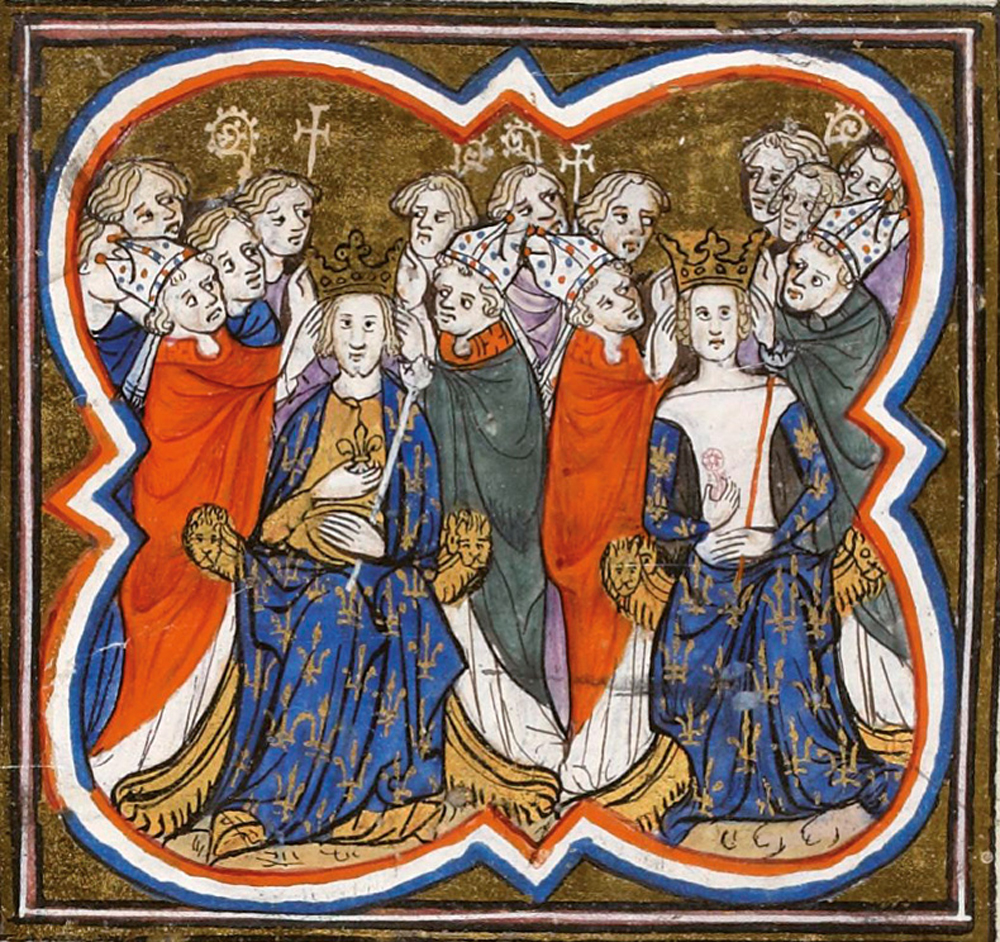
The Sálica law was the legal code of the French outings – hence its name – which was enshrined in the 5th century and was in force for many later centuries, in its best known part, at least when it regulated the succession of the monarchy: women could not access the kingdom. Gathered in Saint-German-en-Lay, they had to choose the new monarch among the closest relatives of the deceased. These were the three candidates who have stood for the elections: Eduardo III, recently named king of England and nephew of the deceased by the mother; Felipe de Valois, cousin of Carlos by his father; and Felipe de Evreux, husband of Juana, grandson of the deceased king.
At least the French wanted to expel the first candidate so that the English crown would not absorb the French crown. To this end, the United States, meeting for the first time in 1302, decided to reform the law of succession: women were no longer able to obtain the crown before, but they also lost the right to transmit the succession by the new rule. Thus, only Philip of Valois complied with the petition and was named king of France.
The Navarre authorities also met immediately after the death of Carlos I to decide the succession. Without a gender limit, Juana was named queen of Navarra, niece of Carlos and daughter of Luis Hutín (Luis I of Navarra and X of France). Thus, the crowns of Navarre and France were separated.
But this was not the only consequence of the law of exclusionary succession. The king of England did not accept the designation and stated that the law was a fraud. She was not concerned about the fate of the daughters of Juana or Carlos de Navarra. Edward III was the only male nephew of Philip IV and wanted the crown of France. And if he didn't wear the crown, he had the excuse to attack France. The antipathy between France and England dates back to time immemorial, but finally, it was the decision itself that broke the dynamic link between Navarre and France that triggered the Hundred Year War.
Japonia, XV. mendea. Espioitzan eta hilketa ezkutuetan espezializatutako eliteko talde militarra sortu zen. Edo horixe uste du behintzat Stephen Turnbull historialari britainiarrak. Beste aditu batzuen ustez, askoz lehenago sortu ziren ninjak, duela 2.300-2.500 urte inguru. Eta... [+]
Zamora, late 10th century. On the banks of the Douro River and outside the city walls the church of Santiago de los Caballeros was built. The inside capitals of the church depict varied scenes with sexual content: an orgy, a naked woman holding the penis of a man… in the... [+]
In the fall of 1415 the battle of Agrincourt erupted between England and France, one of the most decisive wars of the Hundred Years War. To this end, when Henry V, king of England and lord of Ireland, decided to send his army to France that summer, the soldiers landed on the... [+]
Toledo, 1272-1280. Alfonso X of Castile gathered 427 monomedical songs dedicated to the Virgin. The Cantigas de Santa Maria constitute one of the most important musical and literary collections of the Middle Ages, but being decorated with the miniature cantiga, these... [+]
The European Middle Ages are generally depicted as a dark era. We relate it to delay, violence, belief and tyranny. Those who lived that time are considered barbaric and ignorant. Its name is also significant, because it is contemptible: as a time of little importance that... [+]
Venice, 24 April 1459. The monk and cartographer Fra Mauro finished the map of his world in his cartography workshop in the monastery of San Michele in Murano. This work was done on behalf of the Portuguese king Alfonso V.aren and, once the map was completed, it was sent to... [+]
Rome, April 1215. IV. In the Council, the Catholic Church prohibited the surgery of priests and monks, among others. Also in previous councils, Reimsen and Tours, they worked on the issue, arguing that only legataries had to deal with saving souls and that they had to avoid the... [+]
Venice, 8 January 1324. The famous traveler and merchant Marco Polo died at the age of 70. About to die, the people gathered in the area asked him to recognize that what was told in the book Description of the World was a fiction, but the last words of the traveler were: “I... [+]
Até agora considerouse que os estribos e celos fundamentais para o uso dos cabalos inventáronse en China cara aos séculos V ou VIN. Pero na cova de Urd Ulaan Unet, en Mongolia, atópase máis antigo, do século IV. O bidueiro da zona está feito de madeira, polo que non é... [+]









